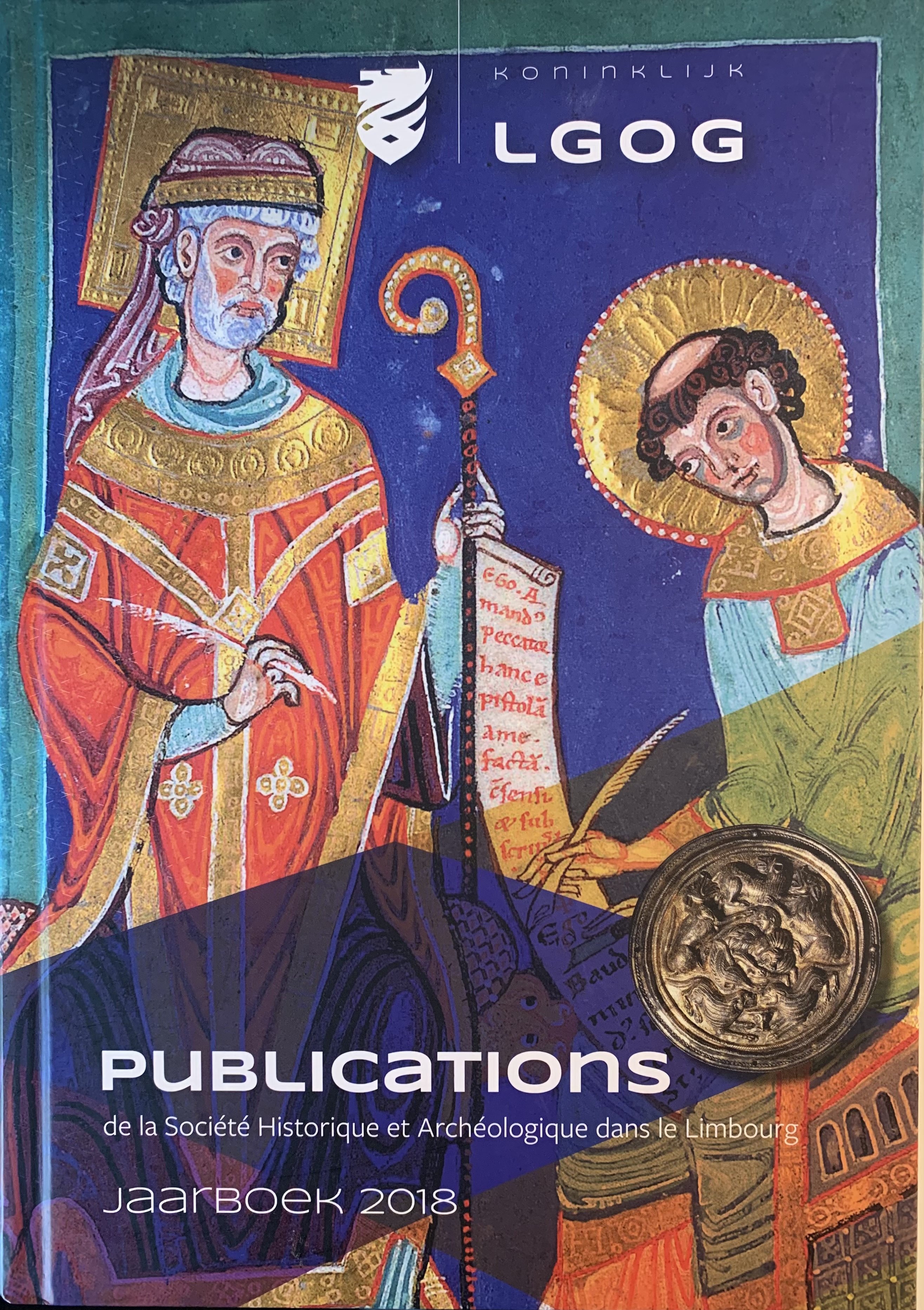Fossa Eugeniana
Een Schelde-Maas-Rijnverbinding rond 1626: achtergrond, voortraject en onderhandelingen
Samenvatting
In the sixteenth century, South Brabant cities had already developed plans for canals between the Scheldt and Maas rivers as an alternative to the onerous northern Maas route. When the Republic seceded the Spanish Netherlands, the project attracted high political and military interest. The intense economic warfare around 1626 provided further impetus to continue investigations for Scheldt-Maas-Rhine canals in the South. Originally, the Southern government intended to execute existing Brabantine and Guelders plans. However, its engineers discovered more suitable routes from Neuss to Venlo and from Maastricht to Antwerp. The possibility of diverting the river Rhine, in part or in whole, into the river Maas also became apparent. The deviation could cause great damage in the North but also in the lands between Rhine and Maas. These plans brought about fierce political resistance in the Land of Liège and the Rhine-Maas region. The German emperor, Liège, Electoral Cologne and Jülich wanted to stay out of the struggle in the Netherlands as much as possible. When the military forces of the German Catholic League defeated a Protestant army without Spanish assistance, Spain lost its most important asset and was obliged to give in. The Southern government set aside plans to divert the Rhine and agreed to pursue canal routes much further north.
Downloads
Downloads
Gepubliceerd
Nummer
Sectie
Licentie

Dit werk wordt verdeeld onder een Naamsvermelding 4.0 Internationaal licentie.
Auteurs behouden het volledige auteursrecht op hun werk en verlenen het tijdschrift het recht van eerste publicatie. Artikelen worden verspreid onder de voorwaarden van de Creative Commons Naamsvermelding 4.0 Internationaal (CC BY 4.0).



